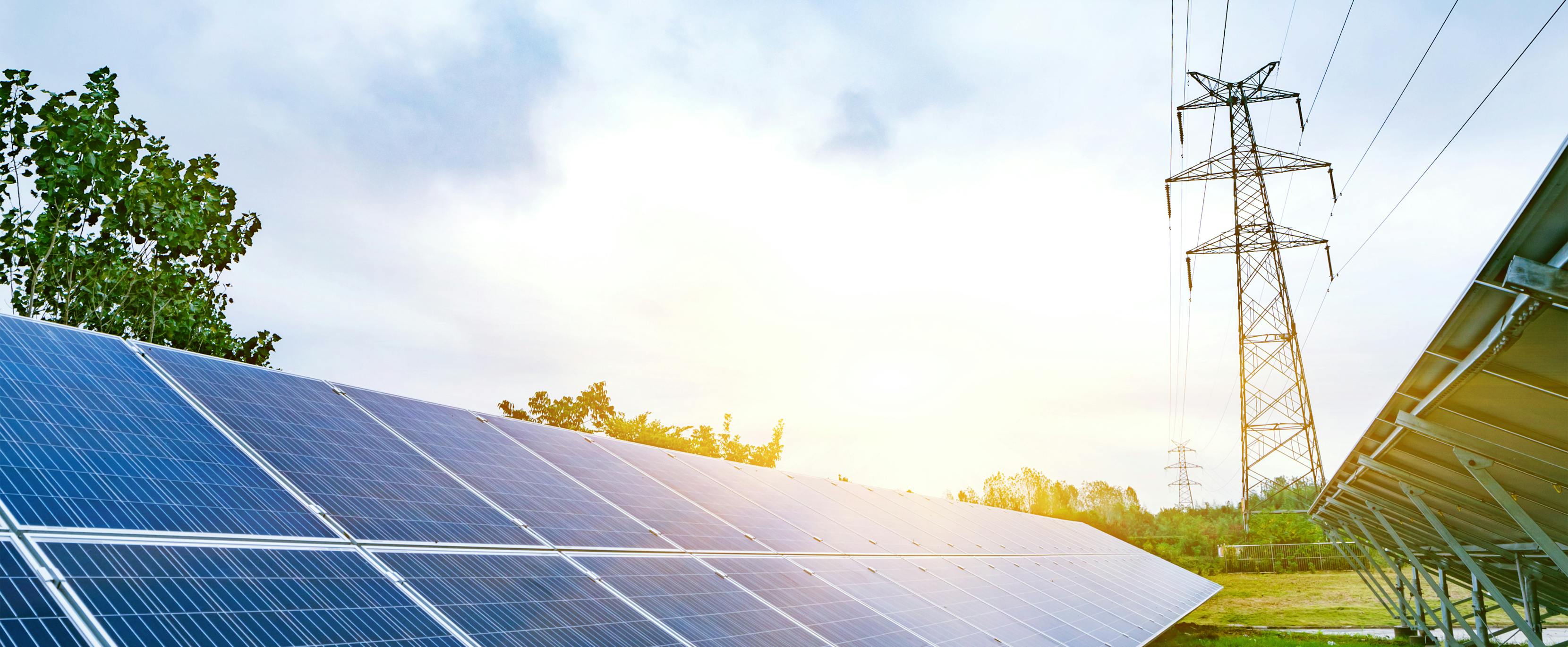
The expansion of domestic production capacity is essential in order to ensure a successful energy transition in Switzerland and to strengthen security of supply in the long term. This became even clearer in the light of the supply situation in the winter of 2022/2023. In order to accelerate the expansion of renewable energies, in October 2022 the Swiss parliament enacted an amendment to the Energy Act, «Urgent measures for the short-term provision of reliable power supply in winter», which will remain in force until 2025. The new law includes measures to facilitate the approval of large-scale photovoltaic plants and to provide subsidies for up to 60 percent of the investment costs. By the end of its period of validity, an additional 2 TWh of solar power will have been produced. Since the introduction of the new law, the subject of alpine photovoltaic plants has been on everyone’s lips and is being discussed in the media as well as among the population. Alpine solar plants are advantageous because more electricity can be produced at high altitude in winter than with comparable plants in the lowlands.
The incentives decided on by parliament are working. Various projects in Swiss mountain cantons are seeking implementation by 2025. One of these projects is Grengiols-Solar. The idea is to build an alpine solar plant on an area of around three square kilometres above the municipality of Grengiols in the Upper Valais at an altitude of over 2,000 metres. A feasibility study on the project recently completed by FMV shows that Grengiols-Solar could produce over 600 GWh of electricity each year, almost half of which would be generated in winter. This would cover the electricity requirements of around 200,000 households.
The idea is to build an alpine solar plant on an area of around three square kilometres above the municipality of Grengiols in the Upper Valais at an altitude of over 2,000 metres.
No production without a grid connection
Various aspects must be taken into account when planning new production plants like Grengiols-Solar. One very important factor is the connection to the grid. Without this, the electricity cannot be transported away from the place of production. The capacity of the existing distribution and transmission systems is already almost fully exhausted by hydropower production, especially in the summer months. Depending on the power of the planned power plant or the grid availability at the chosen location, the plant must be connected to one of the seven voltage levels. In principle, only very large power plants are connected to Swissgrid’s extra-high-voltage grid. A plant that produces between 150 and 300 MW of power is connected to the 220-kilovolt grid, while even more powerful power plants are connected to the 380-kilovolt grid.
It is important that the grid connection to transport energy away from the photovoltaic plant is put in place at the same time as the plant itself. Projects for new grid connections can take up to 15 years for planning, approval and construction. To ensure that the required connection can be completed on time, Swissgrid must be involved right from the planning phase for the construction of the power plant. The power plant operator submits a grid connection application to Swissgrid to verify security of supply, quality of supply and the technical requirements for the connection. Swissgrid also takes into account the current grid conditions and the latest grid development status. For large power plants, sufficient grid capacities are needed directly on site. But the downstream grids – transformers and transmission system lines – must also be able to transport the additional energy away from the production plants. This aspect must be examined individually for each grid connection application.
Projects for new grid connections can take up to 15 years for planning, approval and construction.
Grid situation in the Valais
So much for the theory, but what is the practical situation regarding Grengiols-Solar in the Valais? Storage capacities such as the Nant de Drance pumped storage power plant can be used to some extent to integrate energy production from alpine photovoltaic plants into the grid. The electricity grid is not yet equipped for the planned expansion of photovoltaic plants, which will also produce a lot of electricity in the summer. The capacities required to transport the additional volume of electricity via the extra-high-voltage grid must therefore be guaranteed before Grengiols-Solar can be connected to the grid.
The Swiss transmission grid is already showing signs of structural congestion. The grid infrastructure in the canton of Valais is particularly affected. The expansion and new construction of a 380-kV line between Mörel and Ulrichen will soon eliminate congestion in the extra-high-voltage grid in the Valais. The new line would have enough power to transmit the energy produced by Grengiols-Solar. But the downstream grids must also have the necessary capacity. Swissgrid has carried out an appropriate grid study. The results show that although the local grid could transport the energy fed into it, the grid immediately after the next switchgear is too weak. That is why it is important to implement further grid projects soon. These include the Chippis – Mörel and Airolo – Lavorgo projects as well as the voltage increase of the Gemmi line. A new transformer will also be installed in the Mörel substation. All these projects are currently in the federal approval process or are blocked by legal proceedings.
By way of comparison, the transmission system in the canton of Graubünden was built for operation at 380 kV and is being further optimised for capacity increases. This means that there are fewer constraints in the current transmission system in the canton of Graubünden with its existing 380-kV connections towards Central Switzerland. However, given that large hydroelectric power plants are already connected to the transmission system, they are temporarily using up capacities.
Faster approval of grid connections
Sufficient lead time and planning security are needed to be able to connect new power plants and to transport energy to consumer centres. Otherwise, this cannot be guaranteed. Swissgrid welcomes any measures that contribute to the expansion of domestic electricity generation. In this context, however, the grid must not be forgotten. Even now, grid expansion is not keeping pace with power plant expansion. Approval procedures and deadlines for grid projects must be improved and accelerated as soon as possible in order to be able to connect newly built plants (generation, consumption, storage) to the grid in a timely manner. This is the only way to ensure that the transmission system can continue to serve as the backbone for a secure supply of electricity in the future and contribute to the success of the energy transition.






